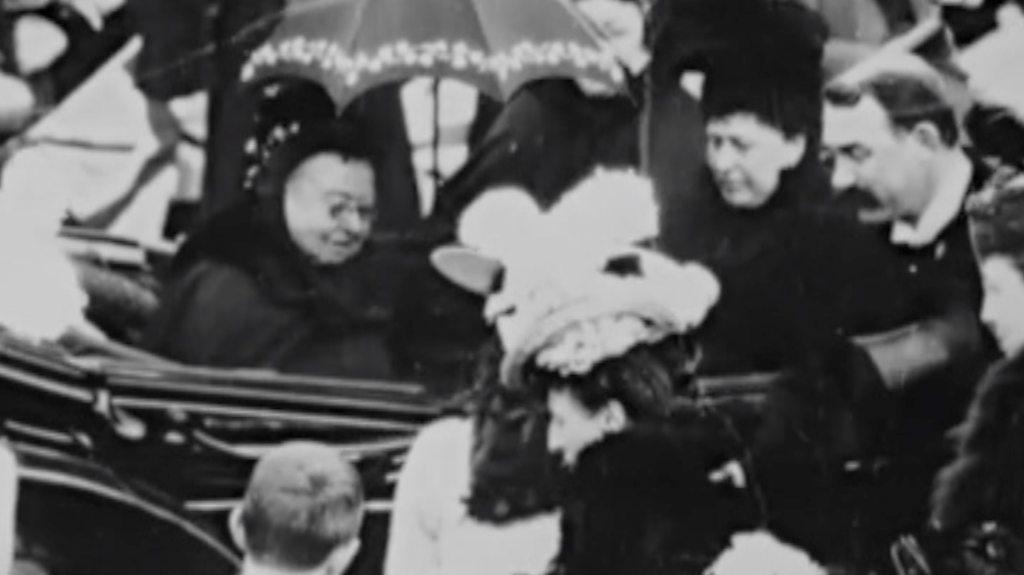Queen Victoria's 'feminist' refurbishment of Buckingham Palace revealed
- Published

The Queen looks around the exhibition, which explores the life of her great-great grandmother
Queen Victoria's modernisation of the Royal Family was a "feminist transformation", the curator of a major exhibition has said.
The show at Buckingham Palace marks 200 years since her birth.
It reveals how by transforming the building into a liveable home and opening it up for public events, Victoria revolutionised the monarchy.
Curator Dr Amanda Foreman said it was significant a woman was responsible for these changes.
Victoria created the palace balcony used today for public appearances and staged garden parties to recognise citizens.
By transforming the "fabric of the building" Victoria also created the "traditions which we now associate with the modern monarchy", Dr Foreman said.
"Whether it's the balcony, or garden party, or bringing people into this palace to celebrate very important national and public occasions.
"That kind of relationship is very much a female relationship, it's an expression of female power - it's about family, duty, loyalty and public service - not about military might."
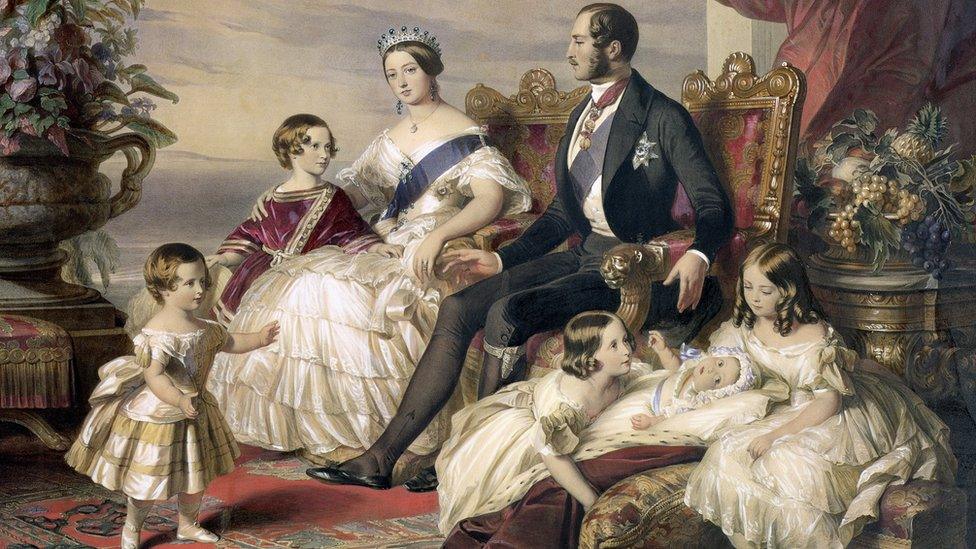
Queen Victoria had nine children and her reign saw the expansion of Buckingham Palace to accomodate her growing family
The centrepiece of the exhibition is the ballroom where the Queen loved to dance and socialise.
Just 18 years old when she became Queen, Victoria was "a very outgoing person" and "like any teenager, would embrace social life", said Dr Foreman.
The room features holographic-type images of eight dancers in period dress performing a dance called a quadrille to the sounds of La Traviata.
When she visited the exhibition, the Queen was left "totally engrossed" by the 3D recreation, Dr Foreman said.
But the Queen joked she was glad that style of dancing had died out, saying as she left the ballroom: "Thank God we don't have to do that anymore."
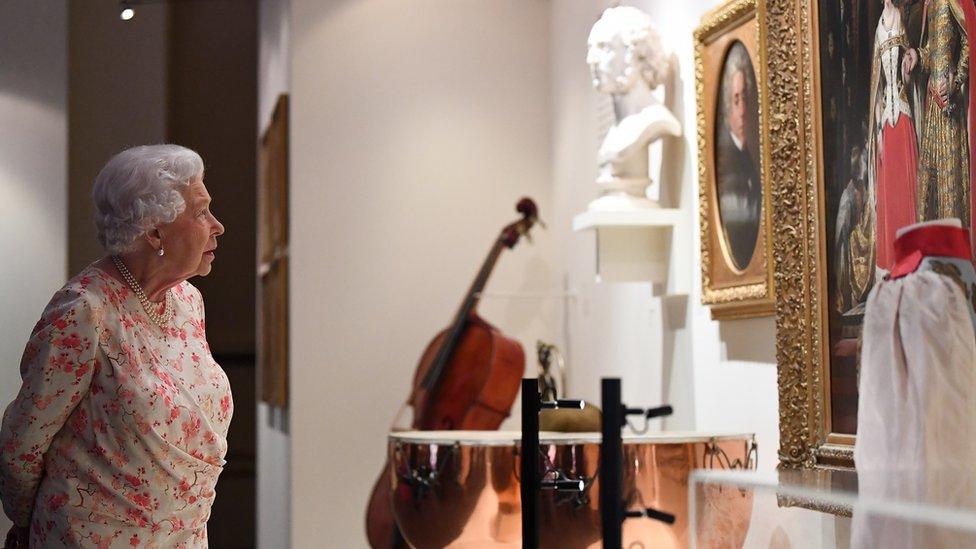
Queen Victoria moved into the palace in 1837, just three weeks into her reign. She married in 1840 and went on to have nine children.
Other exhibits in the show include a casket filled with the baby teeth of Victoria's children, the casts the monarch had made of her offsprings' arms and legs, and costumes worn by Victoria and her family.
The exhibition - Queen Victoria's Palace - can be viewed during the summer opening of the State Rooms at Buckingham Palace, from 20 July to 29 September.
- Published13 July 2019
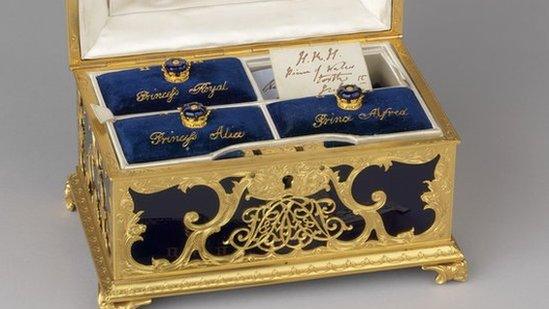
- Published25 May 2019
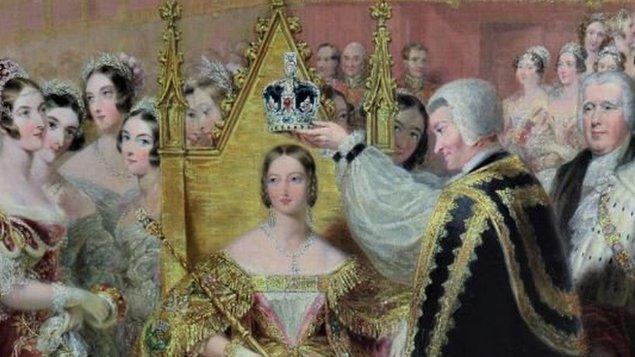
- Published27 May 2019
